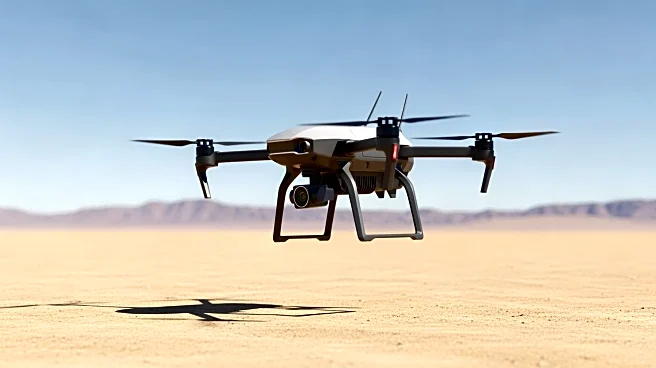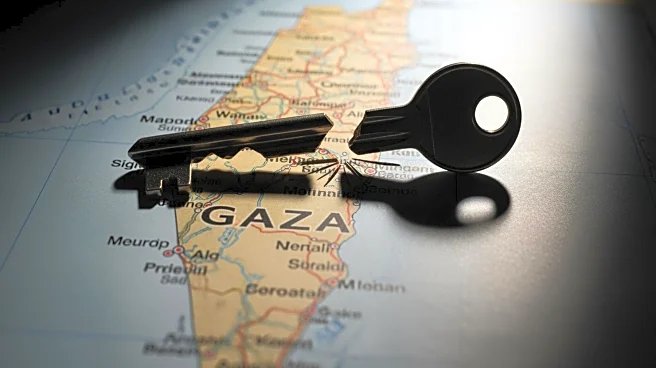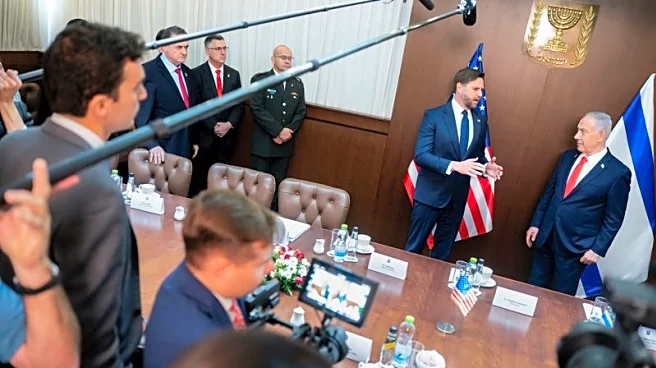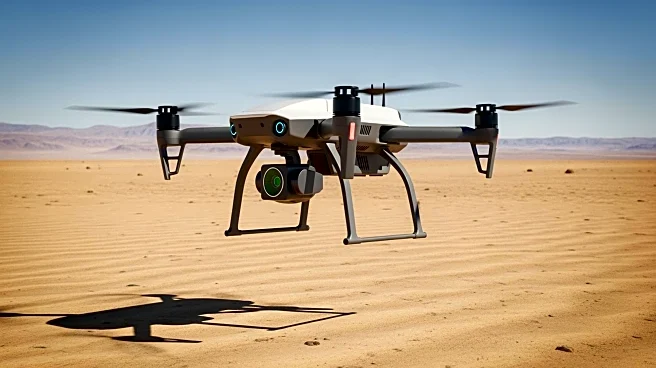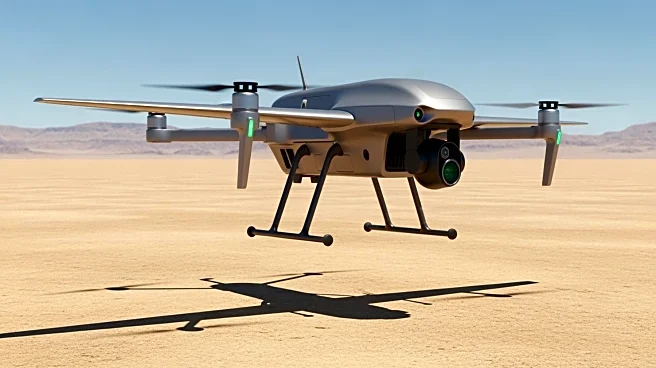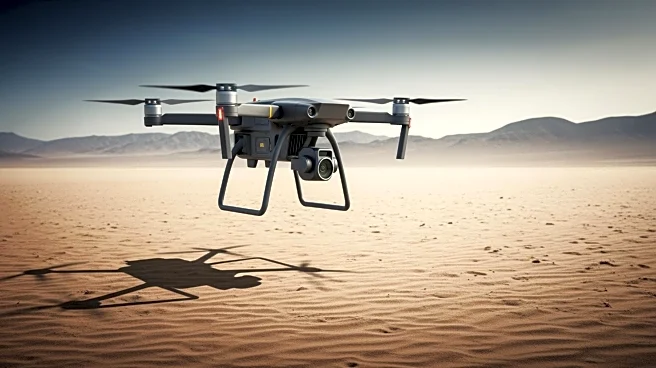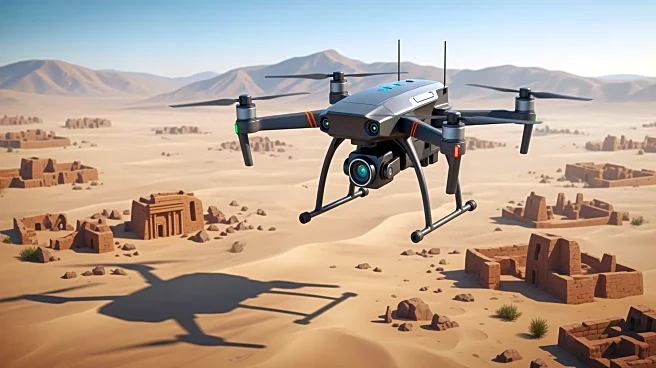What's Happening?
The United States has deployed surveillance drones over Gaza to monitor compliance with the ceasefire agreement between Israel and Hamas. This operation is conducted with the consent of Israel and aims to observe ground activities in the region. The deployment
comes amid ongoing tensions and accusations of ceasefire violations by both parties. The drones are part of efforts to ensure adherence to the U.S.-backed ceasefire deal, which has been challenged by recent hostilities. The situation remains tense as the Israeli Defense Forces (IDF) continue their operations in Gaza, targeting members of Islamic Jihad and attempting to dismantle Hamas's underground infrastructure.
Why It's Important?
The deployment of U.S. drones signifies a significant involvement of the United States in the Israel-Hamas conflict, highlighting its role in peacekeeping and monitoring efforts. This action underscores the importance of international oversight in conflict zones to maintain ceasefire agreements and prevent further escalation. The presence of U.S. drones may influence the dynamics of the conflict, potentially deterring violations and encouraging compliance. It also reflects the strategic partnership between the U.S. and Israel, as well as the broader geopolitical implications for U.S. foreign policy in the Middle East.
What's Next?
The ongoing surveillance by U.S. drones is expected to continue as long as the ceasefire agreement is in place. Future developments may include diplomatic efforts to strengthen the ceasefire and address violations. The international community, including the United States, may push for renewed peace talks between Israel and Hamas. Additionally, the situation in Gaza could prompt further humanitarian aid and support from global organizations to address the needs of affected civilians.
Beyond the Headlines
The use of surveillance drones raises ethical and legal questions regarding privacy and sovereignty in conflict zones. It also highlights the technological advancements in military operations and their implications for modern warfare. The reliance on drones for monitoring purposes may set a precedent for future conflicts, where remote surveillance becomes a standard practice in international peacekeeping efforts.
